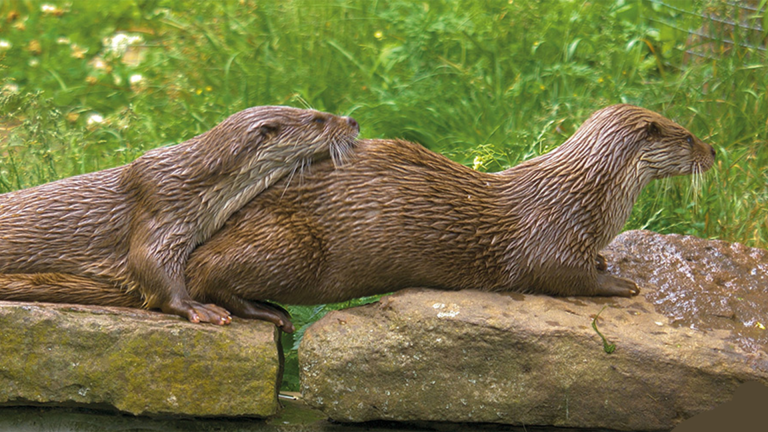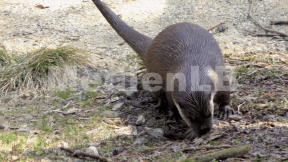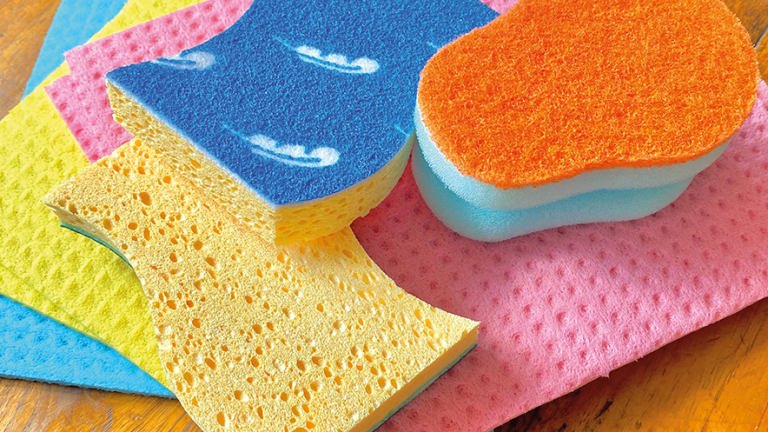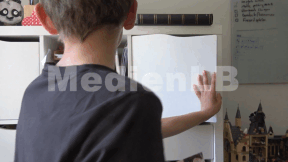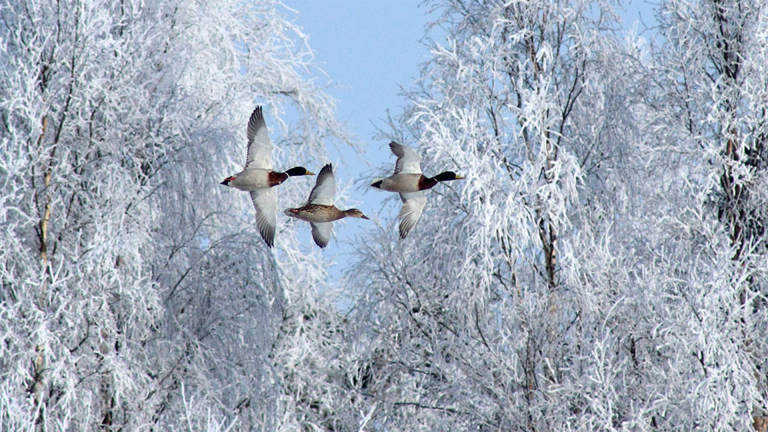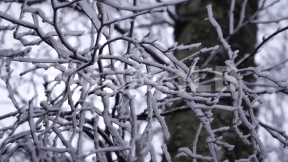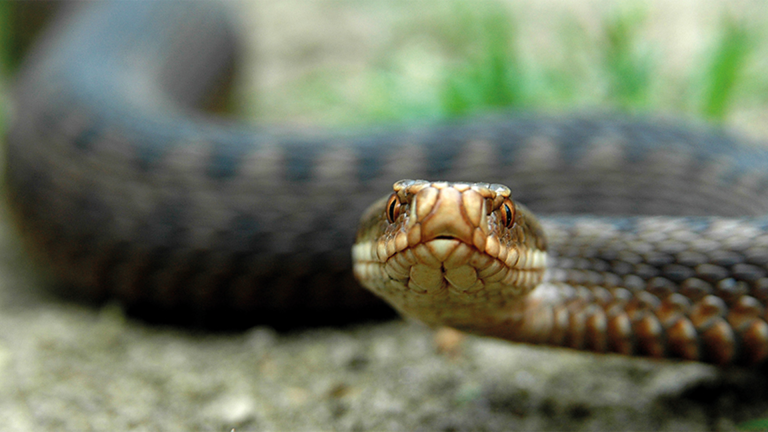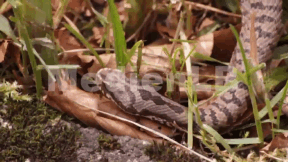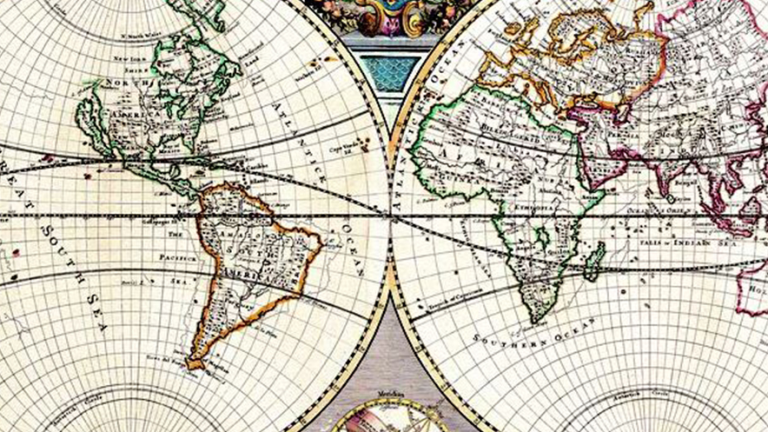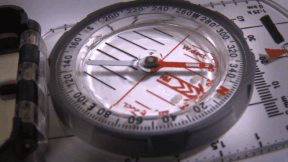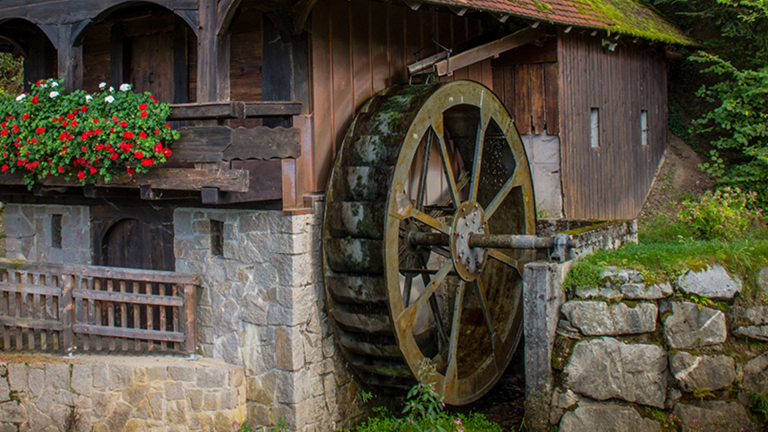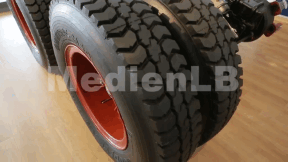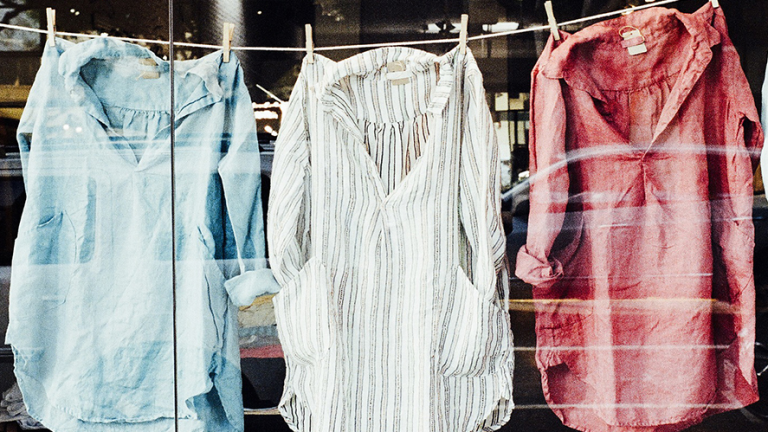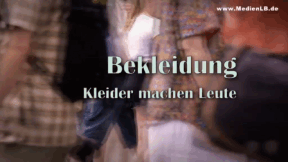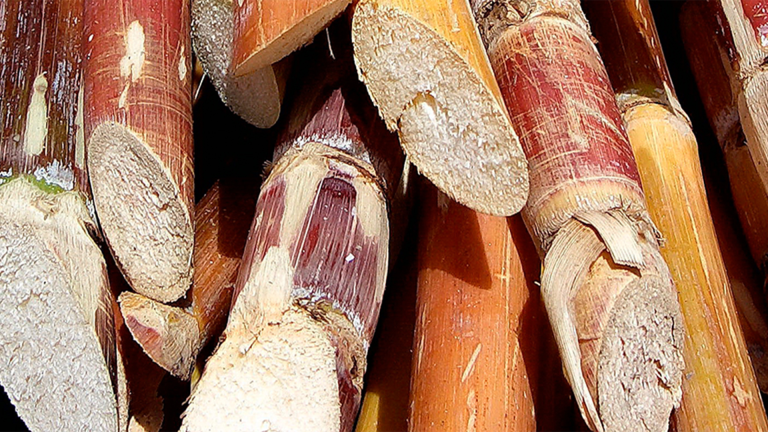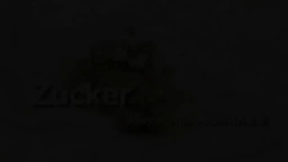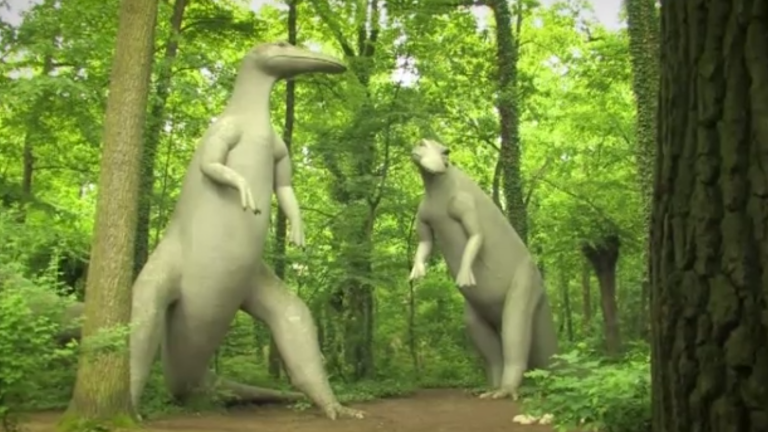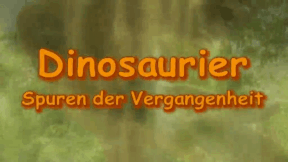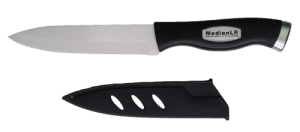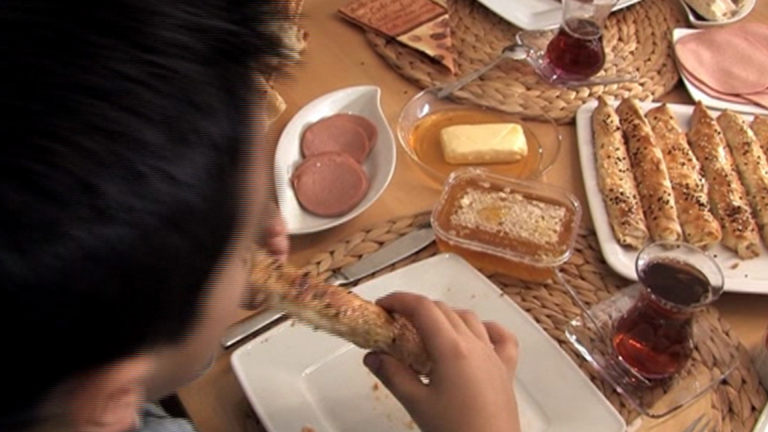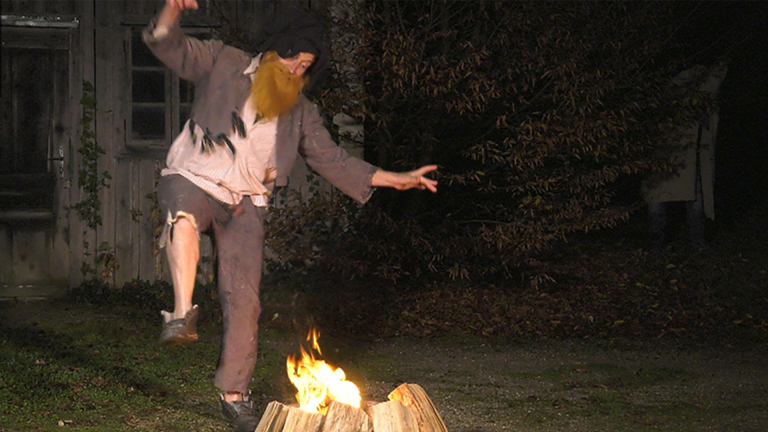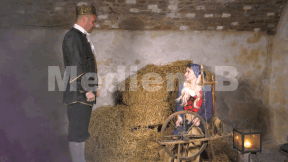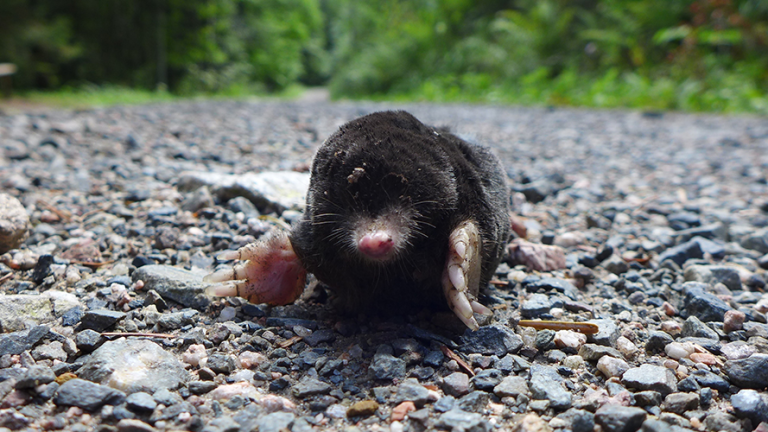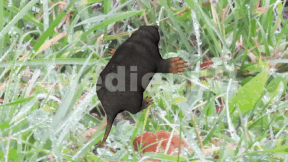Suche:
- # Artistry
- # Biology
- # Chemistry
- # Ecological
- # Economy
- # English
- # Foreign Language
- # Geography
- # German
- # Health
- # History
- # Informatik
- # Latin
- # Mathematics
- # Media Education
- # Music
- # Physics
- # Politics / Civics
- # Preschool
- # Primary School
- # Religion
- # Society
- # Sports
- # Technology
- # Training of Teachers
- # Vocational Education
Fischotter
Der Fischotter: Er gilt als Meisterschwimmer und Taucher! Sein Fell besteht aus 70.000 Haaren pro Quadratzentimeter! Sein Lieblingsmahl ist Fisch!
Learn moreHaushaltswissen
Ordnung spart viel Zeit. Hauswirtschaftslehrerin Petra Fuchs gibt sieben hilfreiche Tipps, wie Aufräumen schnell geht und Spaß bringen kann. Dazu kommt das Themenfeld Sicherheit im Haushalt – hier wird auf die wichtigsten Sicherheitsregeln eingegangen, damit Dir beim Schneiden mit dem Messer oder beim Verwenden der Pfanne nichts passiert. Weiteres Haushaltswissen wird aus den Bereichen Reinigen mit verschiedenen Reinigungsmitteln, optimales Waschen mit der Waschmaschine und sicheres Kochen vermittelt. Zum Schluss zeigt der Film noch ein einfaches Rezept mit genauer Anleitung zum Nachkochen.
Learn moreTiere im Winter
Für die Tiere ist der Winter eine harte Zeit. Auf den gefrorenen Böden finden sie wenig Grünfutter, die Kälte kostet sie viel Energie.
Learn moreCommon European Adder
The common (European) adder is extremely wide-spread across the globe.
Learn moreClothing
Besides food and shelter, clothing is also one of the basic needs of human beings. Suitable clothing protects against wet, cold or warm conditions, and it also protects us from injuries or burns from the sun. Clothes are also useful because they help us to be able to pursue some jobs or tasks in a better way when wearing them. And finally, the clothes we wear are a sign we set for others. Thus, it is an expression of our personality. We sometimes let clothes speak for us, so to speak. Who we are, how we feel and what group we belong to. Which items does clothing comprise? Firstly, there is underwear: underpants and undershirt. On our feet, we wear socks or stockings. When it is cold, we might wear tights. Over our underwear, we wear a shirt or T-shirt on the upper part of our body. Our legs are covered by trousers. The trousers are supported by a belt or braces.
Learn moreSugar
The “Sugar” DVD covers the sugar beet and sugar produc- tion in detail. Simple and clear pieces of information allow the children to easily understand the individual stages from sowing the seeds to processing the beets in the sugar factory. The film conveys that the sugar produced is not an industri- al but a natural product, which is merely extracted from the sugar beet in the sugar factory. The pupils are provided with detailed answers to questions like “Since when have we had sugar?”, “What is sugar used for?” and “What properties does sugar have?”.The DVD addresses the following main points of the topic of “sugar”: Sugar sweetens our daily lives (sugar as an ingredient in many foodstuffs, significance of sugar in our diet), the his- tory of sugar (sugar as a luxury good 200 years ago), sugar formation in the beet (photosynthesis), sugar extraction (the major processes in the sugar factory), kinds of sugar (proper- ties of sugar, various kinds of sugar and their uses).
Learn moreDinosaurs
hey are gigantic, fascinating and have offered material for the media time and again – dinosaurs. Year after year, our knowledge about these animal increases. In spite of that, opinions persist that all dinosaurs were bloodthirsty, cruel carnivores. The film at hand clears up these misconceptions.
Learn moreBreakfast
Breakfasting – this morning ritual exists in almost every country, every culture and every century. However, food, time, process and duration vary from country to country, family to family, person to person. The first meal of the day is of particular importance. It allows us to fully wake up. Around the table, the day's schedule is planned. Here is where the family meet. Above all, breakfasting is important for children. When they get up, the energy storage from the previous day is empty because the body consumes energy also during rest and sleep. A healthy, substantial breakfast helps us to gather new strength.
Learn moreRumpelstilzchen
„Rumpelstilzchen“ gehört zu den bekanntesten Volksmärchen der Gebrüder Grimm. Mit viel Herz stellt der Film die Geschichte der schönen Müllerstochter und Rumpelstilzchen lebendig und anschaulich dar.
Learn moreMaulwurf
Jedes Kind hat schon einmal von ihm gehört, gesehen haben ihn die Wenigsten, denn er lebt meistens im Verborgenen.
Learn more



